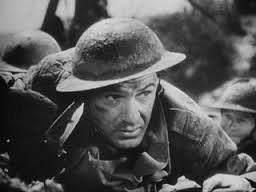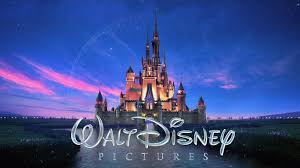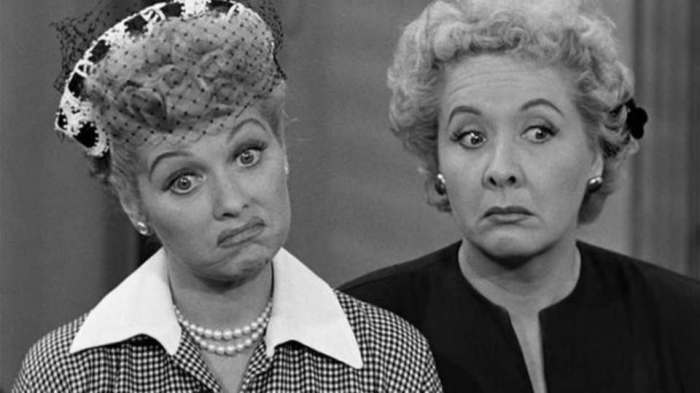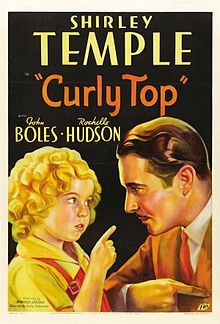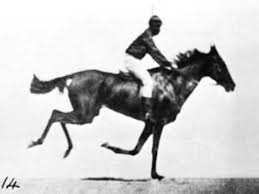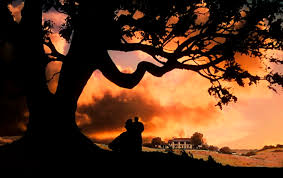By: Stephanie Kubick
When movies first came out, they were not readily available to the common public. They were very rare until movie theaters started opening up. They especially started getting popular in the 1920’s when the younger generation was becoming more rebellious and not sticking to the traditions their parents were raised on. Boys started bringing girls on dates to the movies without chaperones. Movie theaters were affordable and a good respite. As the country became more extravagant with their spending, movies became more and more popular. After the roaring twenties was the The Great Depression. During the Great Depression, many could not afford to go the movies. They were simply trying to provide enough food to put on the tables. America was then forced to join World War II, after Pearl Harbor. America was just then getting out the Great Depression. After World War II, movies became more and more popular until they are where they are today. Today anyone has ready access to almost and movie ever made. We still have movie theaters. But we also have Netflix, Amazon Prime and many other movie websites. These “stations” are when you can get almost any movie you want from any electric device you have. They are accessible on phones, Ipads, computers and TV’s. We also still have DVD’s that are in use. Not only have movies become better quality and the technology used in them has greatly advanced, but now the general public has easy access to any movie they want to watch multiple times. Times have definitely changed.
